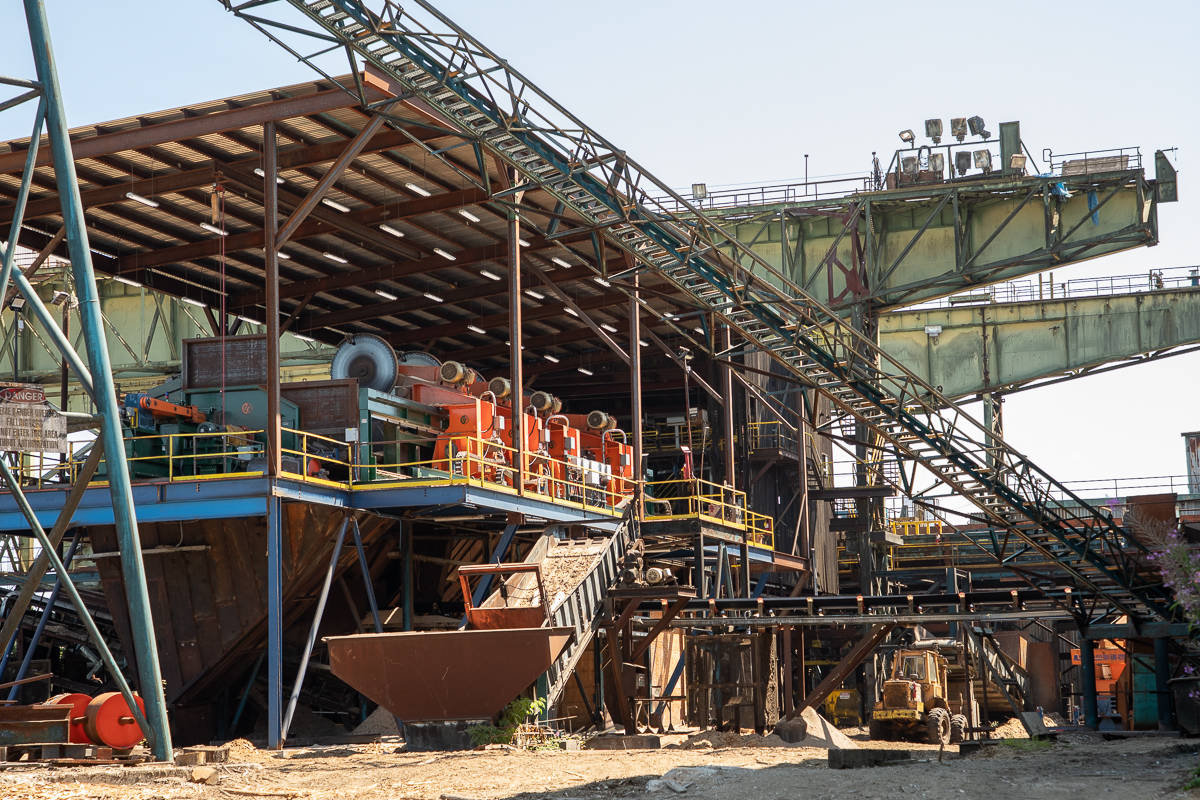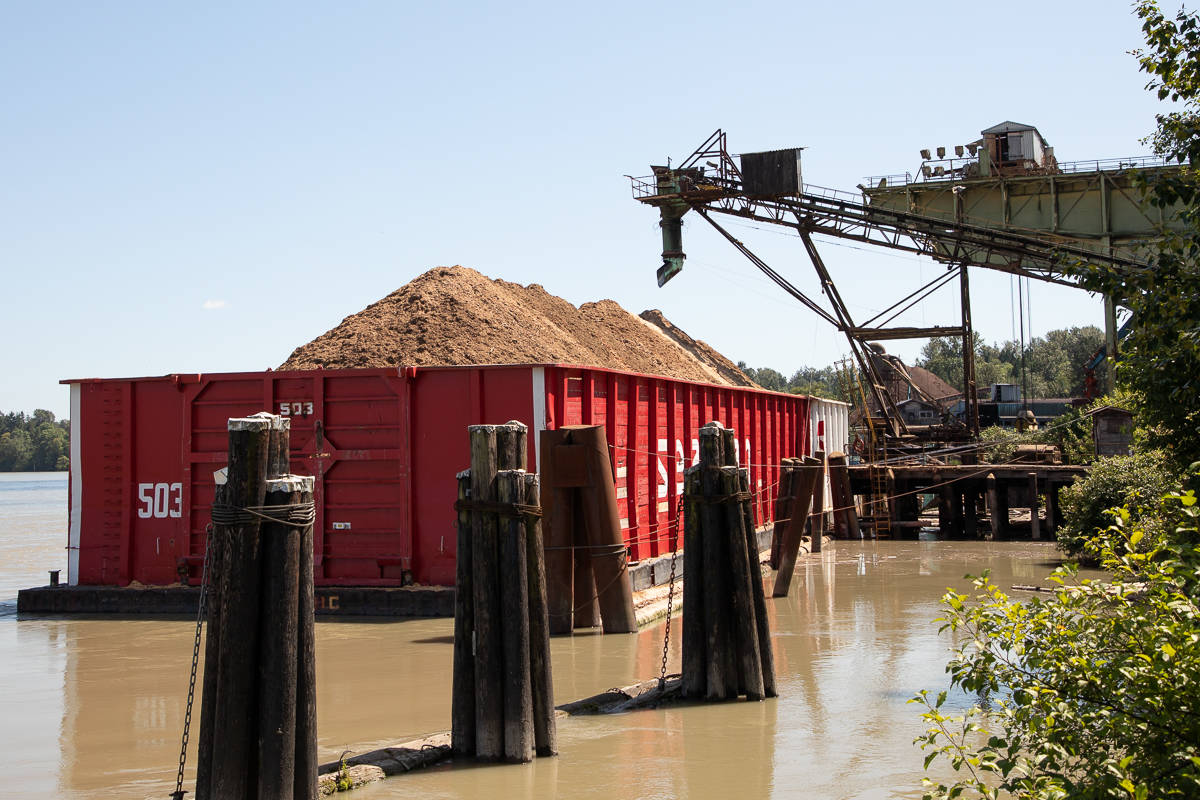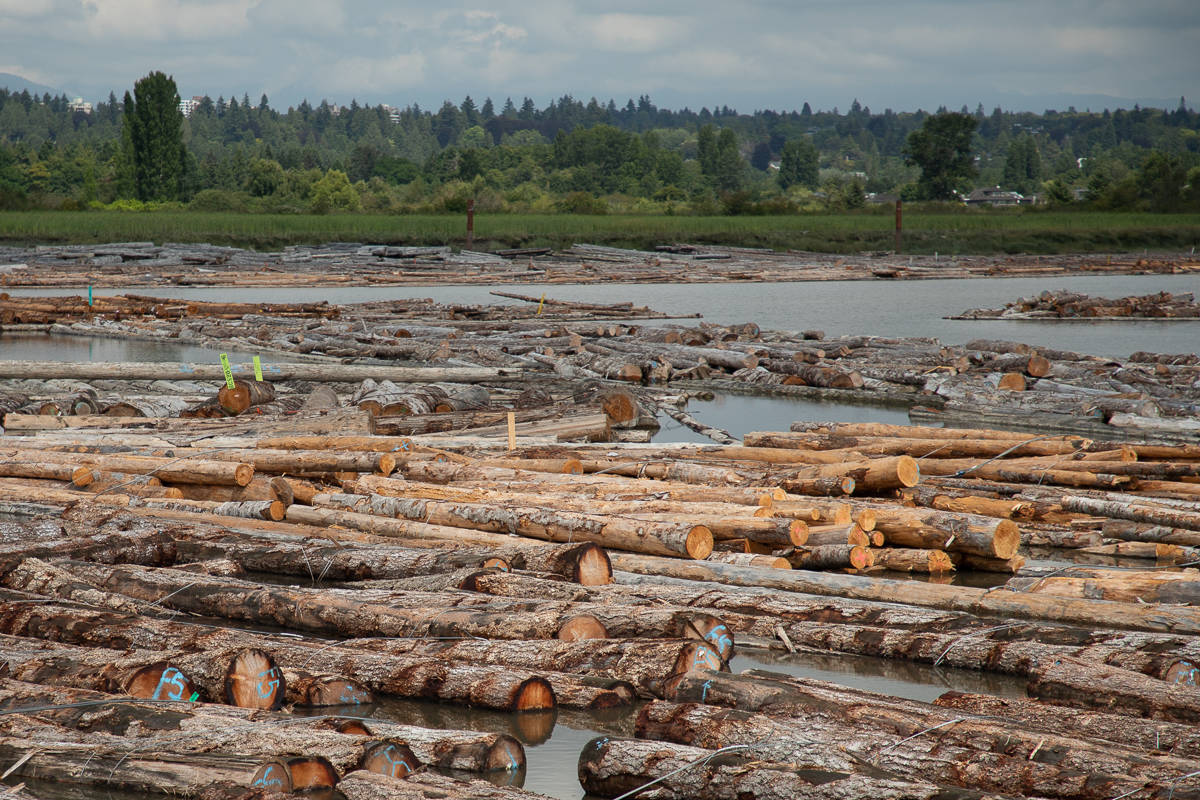By Kristen Holliday
In the second of a three-part series highlighting stories from the forest industry, people employed in sawmills, including those who have experienced closures and curtailed production, discuss their challenges and achievements.
An uncertain time
As lumber mills across B.C. reduce production or permanently close, uncertainty envelops an industry long seen as a source of steady, well-paying jobs – more than 50,000 in good times.
Multiple factors, including less timber available for harvest, and weak international markets, have led to devastating impacts for communities.
According to the province’s mill status reports, 42 notices were issued by companies announcing temporary curtailments or closures in 2019. That’s double the number of similar advisories made in 2018.
B.C.’s ministry responsible for forests confirms that 39 mills were in active curtailment or closure as of mid-June. Half these measures are attributed to COVID-19, as the pandemic compounds difficulties for the sector.
In 2019, six mills shut down permanently, resulting in 885 people losing their jobs. In May, a seventh permanent closure was announced by Canfor, one of B.C.’s largest forest companies.
RELATED: B.C. forest industry ending 2019 in distress
RELATED: Twice laid off due to sawmill closings, B.C. worker ready for a new career
Kevin Porterfield, a Clearwater resident and former maintenance and clean-up worker, was one of 178 people laid off when Canfor’s Vavenby mill closed in June 2019.
The 62-year-old is now in “forced retirement,” but looking for work to bridge the gap until he can collect a full pension.
He says his work crew was like family. The mill closure was shocking.
Canfor sold its timber rights to Interfor, another private forest company, after closing the Vavenby mill.
“The way I’m thinking, it’s not their timber. That wood belongs to the valley,” says Porterfield.
“Yes, we give them permission to cut it and they would pay a stumpage fee and they would give us jobs. But now, they just sold it. So now there is not enough timber in this valley to start another mill.”
In an emailed statement, Canfor’s senior communications director Michelle Ward says the company is “exploring plans with interested parties to repurpose the [Vavenby] site to ensure further economic activity and opportunities for employment.”
Ward says that before the closure, Canfor’s Vavenby mill and Interfor’s neighbouring Adams Lake mill faced dwindling fibre supply (raw timber).
“Now, Adams Lake remains viable and continues to support some ongoing employment with our contractors and truckers,” Ward says.
Larry Black runs a bull edger for Teal-Jones Group in Surrey, with more than 40 years of experience working in sawmills. He says it’s heartbreaking to see these shutdowns.
“It’s pretty devastating, especially in a small community. When I was younger, there were mills everywhere; now you see fewer and fewer.”
He says most mills pay their employees well, so workers are able to raise families and pay mortgages, even if they only have high school education.

“This whole province is built on forestry,” he says. “It would be nice to keep some of the well-paying jobs in B.C.”
At first, Cody Neitch wasn’t sure about becoming a boom boat operator for Teal-Jones.
After his shift at the mill was cut, the only alternative was looking for another job.
The 22-year-old has operated the boat for four months. He guides log bundles from a boom and delivers them to mills along the Fraser River.
“An average bundle of logs weighs about 60 tonnes,” he says. “You really have to pay attention to every little bit that the bundle moves so you know where it’s going to end up.”
Once he delivers the log bundle to its destination, the next challenge begins.
“I have to pull my boat up to the side of the bundle, hop off the boat, cut the bundle wires that are holding it all together, and then get back on and pull away.”
The process takes about 10 minutes, and is repeated several times a day.
Despite the keen focus necessary for the job, Neitch says it’s relaxing on the water, “having the sun on you, a cold breeze.”
With his father working in the industry, Neitch knew there might be “ups and downs” for employment.
“It’s a pretty uncertain time with the lack of fibre. I am a little bit concerned about that.”
As for his new job, Neitch wouldn’t want to trade it for anything.
RELATED: B.C. delays increase to log export restrictions in COVID-19 crisis
Brent Stevenson, head saw benchman for Downie Timber, loves his job because he never stops learning.
Benchmen and sawfilers are certified trade workers who maintain saw blades and machinery used to cut timber.
Blades must be sharpened every two to eight hours, depending on the type and condition of wood being cut. Rocks and mud can damage saw blades.

Stevenson describes the trade as a lost art, saying it can take decades on the job before a filer has “seen it all.”
The trade is facing compounding challenges as mills close. With each sawfiler retirement, knowledge is lost.
Warren Upton, benchman for Interfor and a British Columbia Sawfiler Association board member, says when he started as a certified sawfiler 24 years ago, there were 1,700 others in the province. Now there are only a few hundred, he estimates.
The biggest challenge is convincing mills to invest in training new apprentices. It can be costly, but Upton believes it’s necessary. Without new filers, the future of the trade program is jeopardized.
“Without a [trade] ticket, there’s no proof that you know what you’re doing.”
Sawmills are hubs for employment, supporting skilled tradesmen, labourers, and contractors, creating economic growth, and supporting communities.
When mills close, towns change.
Porterfield says Clearwater was a giving community, with multiple community sports leagues that were sponsored by the mill and local contractors.
Now, the mill has closed and contractors moved on.
Uncertainty is a constant worry among people moving to find work. Considering the Vavenby mill shut down – even with a specialty cutting longer board lengths – closures could happen anywhere.
“They’re still closing mills down. I keep thinking, okay, this is it. Can’t get any worse now. Well, don’t say that, because it can.”

Next: workers and researchers for the pulp and paper sector discuss why they were drawn to work in the industry, and their hopes for the future.
Kristen Holliday is a 2020 graduate of the Langara College journalism program. She pursued this series in partnership with Black Press Media.
Like us on Facebook and follow us on Twitter.
Want to support local journalism? Make a donation here.
